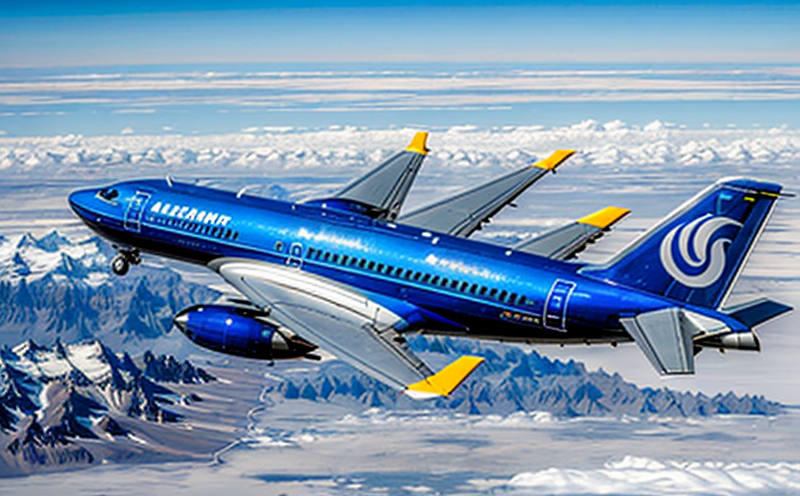Testing the performance of aircraft components under high-altitude conditions
Unlocking Aircraft Performance Why Testing Under High-Altitude Conditions Matters
As the aviation industry continues to push boundaries of innovation and efficiency, one critical factor remains at the forefront of aircraft design and development high-altitude performance. With increasingly complex systems and materials used in modern aircraft, understanding how components behave under extreme conditions is no longer a nicety its a necessity.
At Eurolab, we specialize in providing cutting-edge laboratory services that cater to the most demanding requirements of the aerospace industry. Our comprehensive testing solutions are designed to ensure that aircraft components meet the highest standards of performance, even when subjected to the harsh conditions found at high altitudes. In this article, well delve into the importance of testing under high-altitude conditions and explore the numerous benefits our services can offer.
What is Testing Under High-Altitude Conditions?
Testing under high-altitude conditions involves subjecting aircraft components or systems to simulated environments that replicate the extreme temperatures, pressures, and oxygen levels found at cruising altitudes. This type of testing helps manufacturers identify potential issues before they impact flight safety or performance.
High-altitude testing can be broadly categorized into two main areas
Altitude Chamber Testing This involves subjecting components to controlled environments within a pressurized chamber that replicates the conditions at high altitude.
Wind Tunnel Testing This method uses simulated airflow to test the aerodynamic performance of aircraft components or systems under high-altitude conditions.
Advantages of High-Altitude Performance Testing
Utilizing Eurolabs laboratory services for testing under high-altitude conditions offers numerous benefits, including
Improved Flight Safety
Identify potential failures before they impact flight safety
Enhance crew training and response to emergency situations
Increased Efficiency
Optimize aircraft performance and reduce fuel consumption
Minimize maintenance downtime and associated costs
Compliance with Regulatory Requirements
Meet strict industry standards for high-altitude testing, such as FAR 671 (Federal Aviation Regulations)
Ensure compliance with international regulations and certification requirements
Cost Savings
Reduce the risk of costly redesigns or retesting
Minimize potential losses due to component failures or aircraft downtime
Enhanced Reliability
Validate component performance in high-altitude conditions
Increase confidence in aircraft systems and overall reliability
Accelerated Development Cycles
Shorten testing times through our advanced laboratory facilities
Enable faster development, certification, and deployment of new aircraft components
Why Choose Eurolab for High-Altitude Performance Testing?
Our state-of-the-art laboratory is equipped with cutting-edge technology to simulate the most extreme high-altitude conditions. Our team of experienced engineers and technicians work closely with clients to design tailored testing programs that meet their specific needs.
Eurolabs services cater to a wide range of aircraft components, including
Engine components
Airframe structures
Avionics systems
Landing gear components
Frequently Asked Questions
Q What types of high-altitude conditions can you simulate?
A We can replicate temperatures up to -50C and altitudes above 40,000 feet in our altitude chamber.
Q Can you test complex systems, such as avionics or electronics?
A Yes, our wind tunnel testing capabilities allow us to test intricate systems under high-altitude conditions.
Q What are the typical turnaround times for your laboratory services?
A Our team strives to complete projects within 4-6 weeks, depending on the scope and complexity of the testing program.
Q Do you offer any certifications or documentation for our companys records?
A Yes, we provide comprehensive test reports, certification documents, and compliance statements as required by regulatory bodies.
Conclusion
As the aviation industry continues to evolve, the demand for reliable and efficient aircraft components grows. Testing under high-altitude conditions is no longer a nicety its an essential step in ensuring flight safety, efficiency, and compliance with regulatory requirements.
At Eurolab, were committed to providing cutting-edge laboratory services that cater to the most demanding needs of the aerospace industry. By partnering with us, you can unlock aircraft performance, reduce costs, and enhance reliability.




